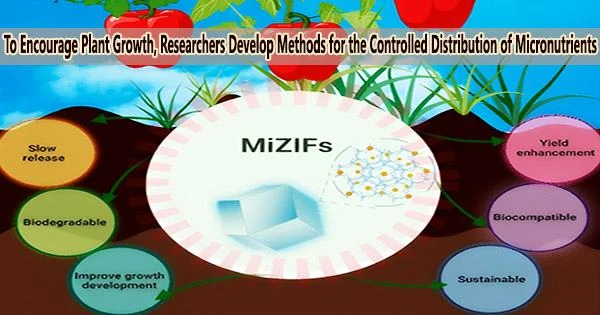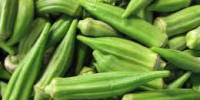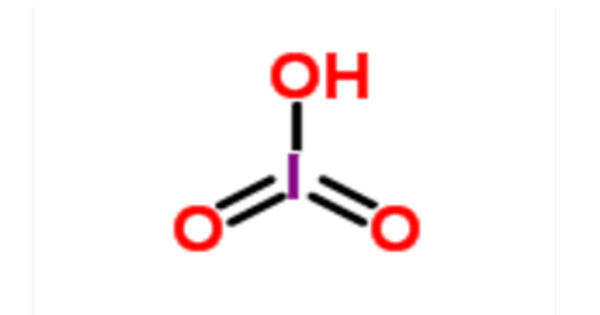To meet the rising demand for food on the world market, crop yield and nutritional value improvements are required. The regulated release of bioactive molecules, such as growth-stimulating substances and micronutrients that can be stored in fruits or grains to boost stress tolerance and improve crop output and pathogen resistance, is one approach being researched by KAUST researchers to solve the issue.
“There is a clear demand to develop smart platforms for the precise and controlled delivery of agrochemicals,” says KAUST plant scientist Salim Al-Babili.
“As well as the encapsulation of fertilizers, there is also a need to encapsulate and deliver minerals that act as human micronutrients, such as zinc, to improve the nutritional value of crops.”
A cross-disciplinary team, led by Ph.D. student Katya Perez and postdoc Yagiz Alagoz, has developed a new formulation for the smart delivery of a synthetic mimic of the growth regulator zaxinone (MiZax-3), which promotes plant growth with proven growth stimulant activity. Their research is published in the journal Nano Letters.
Using zeolitic imidazolate frameworks (ZIFs), which mimic biomimetic mineralization, is a common technique for encasing a variety of compounds, from small hydrophobic molecules to big hydrophilic proteins.
“Over the past decade, we have developed a range of stimuli-responsive platforms that can encapsulate an impressive variety of cargo, ranging from neutral small chemicals to charged high-molecular-weight biologics,” says Khashab.
The researchers used the zinc-containing ZIF-8, a nano-scale metal-organic framework (MOF) that can efficiently load MiZax-3 as a platform, while keeping it stable at high temperatures, under real-life field conditions, and releasing the MiZax-3 load in a pH-dependent way.
In a small-scale trial, scientists applied the new formulation, which they called MiZIFs, to tomato and pearl millet seedlings in hydroponic conditions. The application of MiZIFs enhanced the fresh weight of tomato and pearl millet seedlings, indicating that the MiZIF complex can effectively release bioactive MiZax-3, which promotes plant growth at the early seedling stage.
Perez notes the importance of developing new smart materials that are easy to scale up for precision micronutrient delivery. “The MiZIFs platform gave us the opportunity to do more translational research,” she explains.
The encouraging findings prompted the team to assess growth-promoting efficiency of MiZIFs under field conditions by performing a small-scale field trial with capsicum. Seedlings treated with MiZax-3 and MiZIFs had a significantly higher number of flower buds than the control.
Additionally, compared to the control, the ZIF-8, MiZax-3, and MiZIFs treatment significantly raised plant height at six and eight weeks after the first treatments and boosted yield at two successive harvests.
The improved performance shown with crops treated with ZIF-8 and MIZIFs was thought to be caused in part by the Zn ions in the framework (the coordinating ions). This is consistent with research in other crops showing the yield promoting impacts of nano-scale metal and micronutrient treatments.
The plants treated with MiZIFs most importantly demonstrated an approximately two-fold increase in fruit zinc content, which is extremely encouraging for micronutrient fortification and suggests that encapsulated MiZax has a favorable effect on the augmentation or transit of zinc from the rhizosphere to the fruit.
According to Alagoz, the research creates opportunities for using additional biocompatible and financially feasible coordination-based methods for targeted micronutrient delivery in precision agriculture.
“This is the first study to show the successful packaging of MiZax-3 with MiZIFs as a smart agrochemical delivery platform to improve crop yield and fruit zinc content in capsicum on a field scale,” he notes.
In order to gather more information for deploying this smart platform on other crop species, the team is currently doing even bigger scale studies at various places and over a variety of seasons. Additionally, the Science website chose their research as one of the top articles from other journals.
















